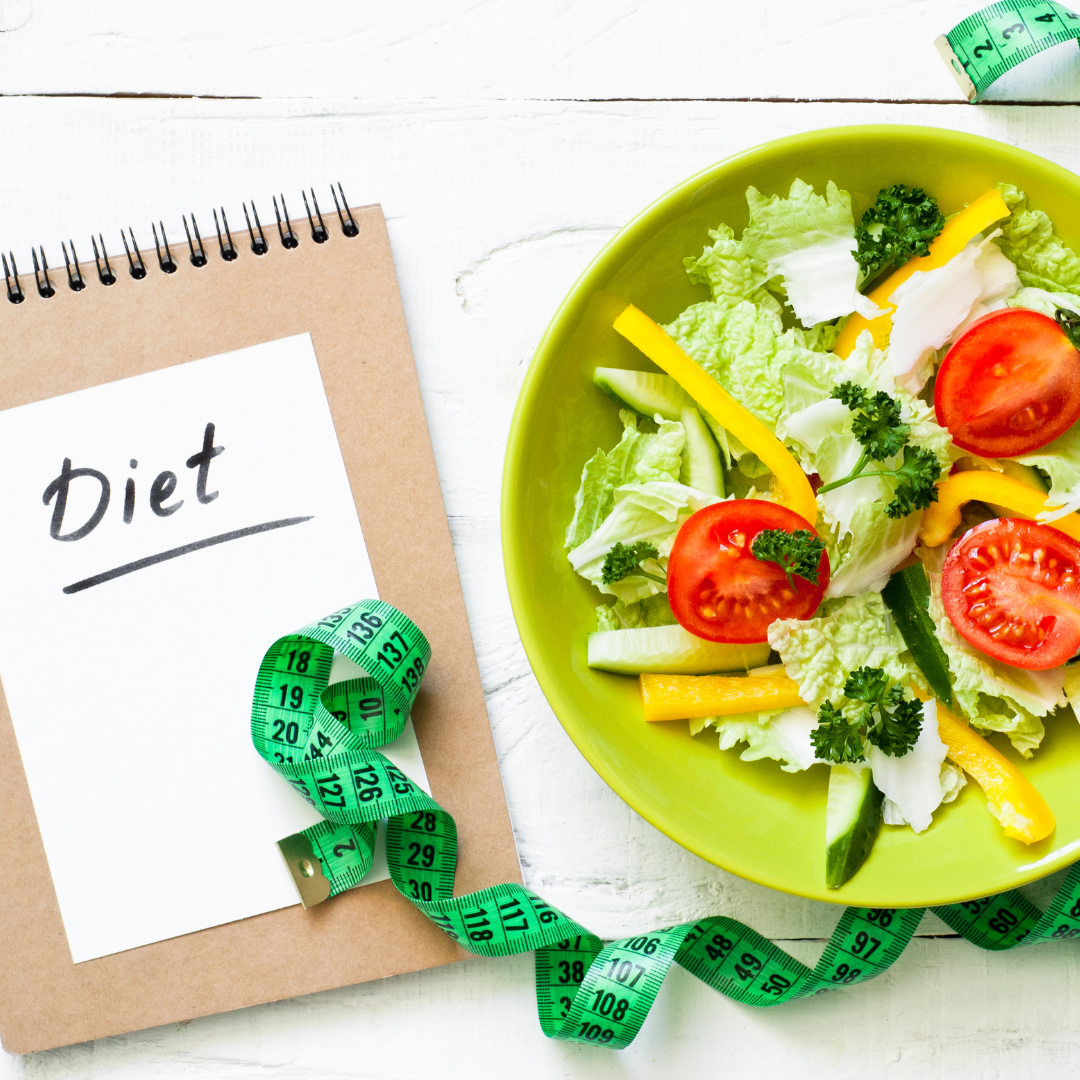This past year has caused me and my family to be more sedentary than ever. This global pandemic had us all panicked and frozen in place for over a year. Coupled with working from home and being limited in the amount of activities and places we could go significantly changed our day of life. I don’t know about you, but I certainly gained the pandemic 10+ pounds and I’m still struggling to get those off!

What is sedentarism and how does it affect us?
Physical inactivity is a concerning global pandemic. Americans spend most of their day, about 7.7 hours, being physically inactive, while residents of the UK spend about 2.8 hours per day sitting and watching TV. And these numbers are not decreasing.
Sedentary behavior, or sedentarism is when a person uses up very little energy while also sitting, reclining, or lying down. This can include sitting at work or school, commuting by car or bus, and reading and watching TV.
Being sedentary is not healthy overall, as a lack of physical activity is a major risk factor for preventable chronic diseases, such as obesity, high blood pressure, high cholesterol, heart disease and type 2 diabetes. In addition, when being sedentary for long periods of time, inflammatory markers increase, which may worsen symptoms of depression and anxiety.
COVID-19, with its stay-at-home orders and closings of non-essential services, has definitely worsened this issue of physical inactivity. Most of us have been unable to go to the gym or gather fresh groceries. This, coupled with a reduction in exercise, has led to a drastic increase in sedentarism.

At the same time, the average amount of time spent sitting has increased by 30 minutes per day, which is associated with poor physical health, mental health, and lower perceived quality of life. Many of us have also begun to adopt unhealthy habits, such as over-snacking, leading to weight gain and loss of daily activities.
How does physical activity change our gut health for the better?
Engaging in physical activity has a plethora of positive effects on our body:
- It helps to control blood sugar, weight, and blood pressure, which can help to lower our risk of chronic diseases influenced by a sedentary lifestyle.
- It helps to moderate negative emotions and improve our psychological well-being.
- has been shown to improve sleep and our general brain function.
Exercise and the Microbiome
This sedentary lifestyle also wreaks havoc on our gut health. Our gut microbiome consists of trillions of microorganisms that live in our digestive system and plays an important role in maintaining our health by helping to digest nutrients and regulate gut wall development. Physical activity can affect our microbiome’s makeup and our overall gut health. An imbalance in our microbiome has been associated with many diseases such as Crohn’s disease, colon cancer, diabetes, and cardiovascular disease.
Several studies show the effects of sedentarism on the microbiome, with an increase in the population of obesity-contributing bacteria, which end up crowding out more healthful bacteria.

The inverse is also true! If physical activity is performed at low but continuous levels, the amount of healthy bacteria in our gut microbiome may increase. Exercise has also been shown to increase the diversity of our gut microbiome, which also improves our health. In addition, if our immune system is strengthened by regular physical activity, this can then lower the severity of COVID-19.
What are ways we can be less sedentary at home?
Here are some tips on easy, accessible ways to be physically active and to get some steps in:
Start a home exercise program tailored to your ability.
- The American Heart Association recommends a minimum of 150 minutes of moderate-intensity physical activity, or 75 minutes of vigorous-intensity physical activity weekly. If you’re like me, you sometimes have an all or nothing attitude, so if you can’t spend the full workout time, you don’t do it at all. But any and all activity counts! If you can only sneak in 10 minutes a day, that’s better than nothing at all. And it all adds up. 10- mins here, 20- there, and you’ll soon have the recommended 150 minutes per week! If you have a condition that prevents you from performing higher intensity exercise, consider consulting a health care provider about what physical activity could work for you!
- Exercise doesn’t have to be boring and doesn’t always have to be done alone or at a gym! Consider exercising with the members of your household! Go on walks together. Dance. Bike. Do yoga in the living room. Or perhaps join an exercise group, dance class, or outdoor yoga group! By exercising together, everyone keeps each other motivated and accountable, helping to keep us all exercising consistently.
- There are many available exercise videos online that you can follow along to. Try to pick something that excites you, like dance fitness, because if you enjoy it, you will stick with it!
- If you have a pet, take your pet out for a walk around your neighborhood once or twice a day! They’ll enjoy it and so will you!
Stand! Or walk around your home.
Walking around indoors wherever you are, or even just standing, can help you to stay active. Try walking around while you’re on that important phone call. Stack some books or other materials to convert your desk into a standing one. There are also many products on the market that you can put on your desk to force you to stand up while you work. If you are watching TV, stand up and march in place! It may look silly, but it’s helping you stay healthy.

Stand up every 30 minutes.
Being completely sedentary is dangerous, so even if you’re too busy to move, it’s important to break up long sitting sessions. Every 30 minutes, stand up for a minute or two, stretch, and take a breather. Not only are you reducing your mental stress, but you’re also fighting off a number of diseases.
Make the choice not to be sedentary
Organize your life so that you get some extra steps in. Try to avoid drive through options. If it is safe, park your car in the space furthest from your destination. If you commute via bus, get off the bus one or two stops early and walk the rest of the way. Put your printer and file cabinet on the other side of your office. These little intentional inconveniences are actually opportunities to move and stay healthier! Every second you are walking is a second you are not sitting.
Remember to talk with your healthcare provider about what type of exercise will work for you. There will be some form of physical activity that can both alleviate your gastrointestinal symptoms and improve your health.
To optimize your Gut Health, download Dr. Mendez Gut Health Guide! If you are looking for support to help improve your diet and boost your gut microbiome, then get in touch today or register to make an appointment to discover how Doctor Méndez can help you to optimize your health.








